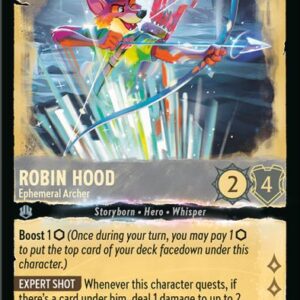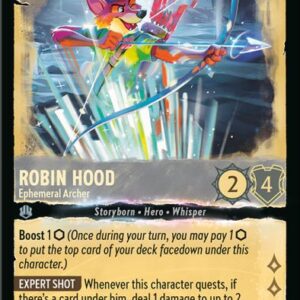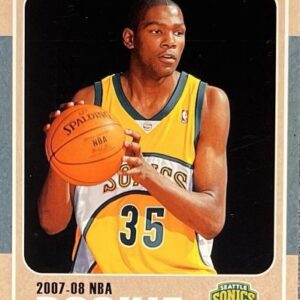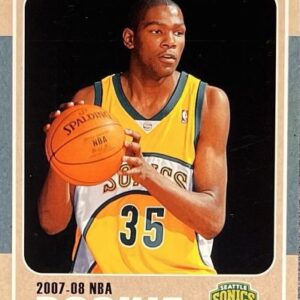In the enthralling world of Magic: The Gathering, the playing field is as much about strategy and cunning as it is about curating your own collection of cards. Whether you’re that person who taps mountains in a friendly local game store or someone who guards an enviable treasure trove of Black Lotuses, there’s a specter that haunts all collectors—a fake card slipping through the cracks of your well-curated deck. However, worry not! Just like any good planeswalker, with a bit of vigilance and canny perception, you can thwart any attempt of deceit. Here’s how you delve into the art of detecting counterfeit Magic cards like a pro.
First things first, put your trust in your senses before you. Much like how an experienced chef might judge the ripeness of a tomato by feel, the texture of a Magic card can speak volumes. Authentic cards possess that unmistakable matte finish, which any veteran Magic player can recognize even in their sleep. If, however, you’re met with a suspiciously slick or glossy card, akin to a laminated restaurant menu rather than a mystical relic from a booster pack, it’s time to raise an eyebrow and grab a trusty land card from the same set for comparison.
Much like how the dark reveals its secrets in a spotlight, performing a light check unveils the true heart of a card. Hold that card aloft to a flashlight’s beam. Real Magic cards behave like the chameleonic blue lands we adore: they feature a signature blue core amidst the paper layers, allowing light to seep through in a gentle, cool glow. Fakes, however, possess all the subtlety of a goblin rolling a boulder—either so thick no light pervades or so thin they emit a ghostly, washed-out aura.
Step aside, Sherlock Holmes! When a crime calls for the finest magnification, reach for a jeweler’s loupe, preferably with 30x magnification. It’s like strapping a detective’s badge on yourself, turning you from a casual gamer into a collector with a microscope.
With said loupe, let’s focus on the rosette pattern. A meticulous examination of the artwork and text box reveals magic’s true signature—an intricate design of tiny, floral-like rosette dots. Counterfeits, more often than not, succumb to pixelation, reveal inconsistent grid patterns, or blur into a telltale chaos.
Gaze then at what some consider the ultimate test of authenticity—the solid black test. True Magic cards place their black ink, meant for names and mana symbols, in robust, bold layers. Fakery usually flounders here, faltering with a fuzzy, composite black that refuses to be crisp, almost as if declaring its own forged heritage under magnification.
Then there’s the infamous green dot “L,” the final frontier on the card back. Zoom into that green mana circle, find where art fuses into the green’s very soul. Real Magic cards host an upside-down “L” composed of red dots inside a yellow-green border—a blatant ‘I love you’ versus the forge’s hollow ‘I like you’ through missing marks or improper alignment.
Hold up, though! Don’t glut yourself on nostalgia and forget the modern touches. Since 2015, rares and mythics bear the mark of the future—an oval hologram stamp. A genuine one lays flush with dignity on its card, teeming with microtext such as planeswalker symbols and mana motifs. Beware of those that appear to have been manhandled by an untamed artist’s hand—grains, raised textures, or a suspect smudge where a hologram was transplanted from an unknown decoy.
As a word to the wise: irony likes to poke its head into our affairs. Tearing or bending a card might momentarily reveal that novel blue core through some old-school methods, but in this contemporary world, counterfeiters have learned new wily tricks. You’re apt to only destroy cherished relics in the process rather than oust the authentic impostor. Non-destructive tactics, therefore, are your go-to allies.
Ultimately, counterfeit detection isn’t about mastering a singular method but rather mastering yourself to stack resonant evidences. Trust your tactile instincts, shine the light of skepticism, and dive into detail. With consistent practice, your skills in vetting will sharpen sharper than Beatrix’s sword, keeping your treasures safe against fakery’s insidious haunt. By understanding the veil between magic and forgery, you become a guardian of the game’s integrity, keeping the world of Magic as enchanting as ever.





